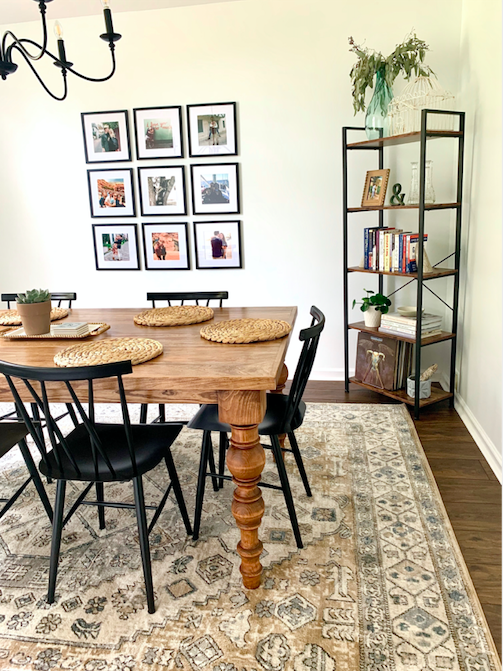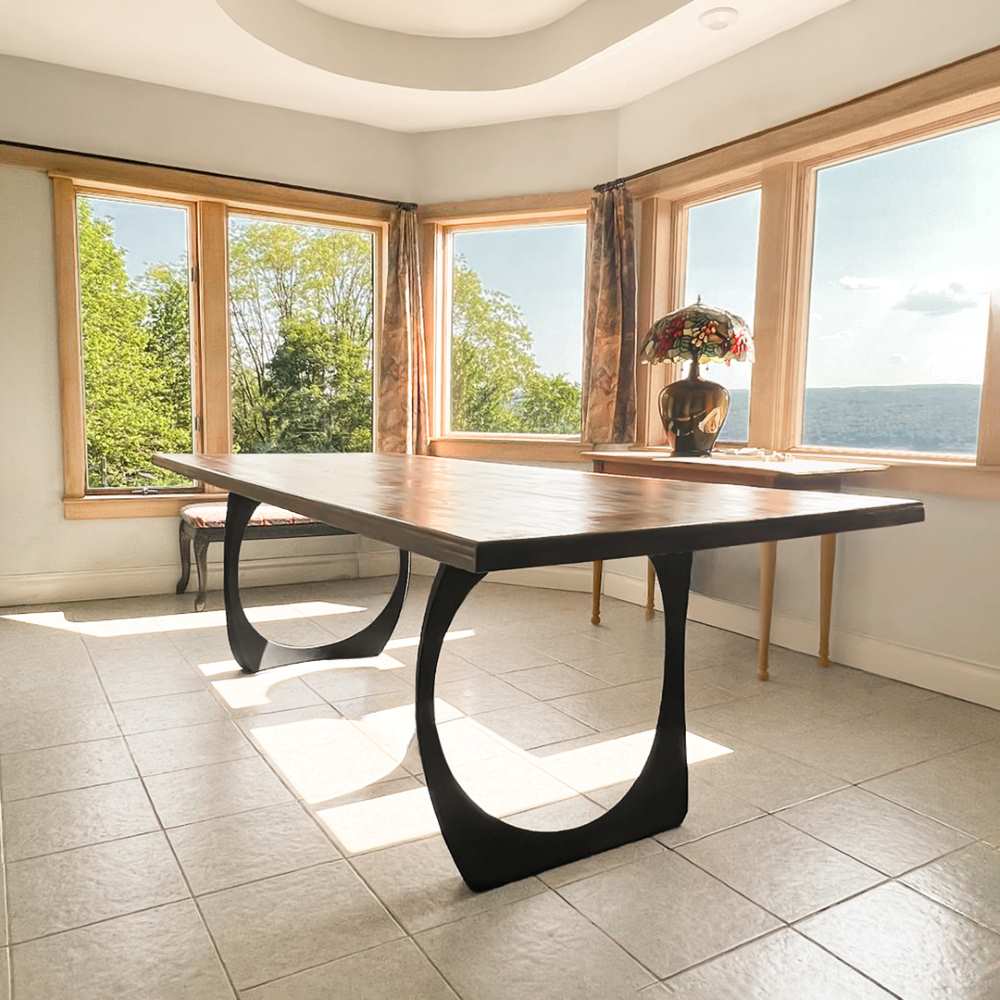Dining Room Table Legs: A Guide to Selecting the Right Style for Your Home
Dining Room Table Legs: A Guide to Selecting the Right Style for Your Home
Blog Article
Specialist Tips for Installing Dining-room Table Legs for Maximum Security
When it comes to setting up eating space table legs, achieving maximum stability is vital for both functionality and aesthetic appeals. What details techniques can enhance stability also better?
Select the Right Legs
When picking the ideal legs for your dining-room table, it is necessary to think about both performance and appearances. The legs you choose will significantly impact the overall design and security of the table. Initially, examine the table's meant use; if you anticipate regular events, sturdier legs, such as those made from solid wood or steel, might be preferable, as they supply raised durability and support.
Common eating tables commonly vary from 28 to 30 inches in height, so make sure the legs straighten with this requirement for comfort. Conical legs can include a modern touch, while turned legs might communicate a more classic visual.

Select Appropriate Equipment
How can the best hardware enhance the security and long life of your eating area table? The selection of suitable equipment is important to making certain that the legs of your table are firmly affixed and able to stand up to regular usage. High-grade screws, screws, and braces give the required toughness to support the weight of the table, in addition to any type of additional loads placed upon it during celebrations or dishes.
When selecting screws, select those made from sturdy products such as stainless-steel or brass, which resist rust and keep honesty in time. The size of the screws is similarly vital; they ought to penetrate deeply into the table's framework without endangering honesty. For bolted links, take into consideration making use of lock washers to avoid loosening up due to resonance or motion.
Furthermore, making use of edge brackets can include added support, especially for bigger tables or those with much heavier tops. These brackets distribute weight equally and aid maintain the table's form. Ensuring that the equipment you choose is proper for the specific products of your table will certainly even more improve its overall security and durability, enabling you to enjoy your eating experience for years ahead.
Ensure Appropriate Alignment
Proper placement of dining room table legs is essential for both visual allure and useful security. Misaligned legs can cause an unequal table top, which may not only be aesthetically uninviting however also endanger the table's functionality. To achieve optimum alignment, begin by measuring the distance from the table's edges to the leg attachment factors. This ensures that each leg is positioned equidistant from the sides, developing a well balanced appearance.
Utilize a level throughout installation to validate that each leg is vertical to the table top. It is advisable to note the preferred leg settings on the bottom of the table with a pencil or covering up tape prior to safeguarding them.
Additionally, verify the positioning after the first screws are tightened up, as changes might be needed prior to fully protecting the equipment. By focusing on appropriate positioning, you not only improve the table's total design however also make sure that it continues to be stable and useful for several years to find.

Think About Weight Circulation
After ensuring proper alignment of the dining-room table legs, it's essential to consider weight circulation to boost security and performance. dining room table legs. Correct weight distribution is important in protecting against ensuring and tottering that the table can my sources support its intended load without risk of tipping or falling down
When positioning the legs, ensure they are placed at equivalent distances from the center of the table to equally disperse the weight across the structure. Take into consideration the weight of the table top and any things that will often relax on it, such as tabletop devices or ornamental items. Tables with heavier surface areas ought to preferably have legs positioned closer to the corners, as this makes the most of the base of assistance and reduces the danger of instability.
Furthermore, if the table is planned for usage in go to the website a high-traffic area, think about making use of much heavier products for the legs or adding supporting elements, such as cross-bracing or a lower rack - dining room table legs. These adjustments can assist keep equilibrium and avoid changing throughout use. Eventually, a well-considered weight circulation approach will significantly enhance the table's overall efficiency, ensuring it remains a useful and attractive focal point for your dining space
Examination Stability Prior To Use
Checking the security of the dining-room table before use is a crucial step that should not be overlooked. Guaranteeing that the table is safe and secure and stable can stop crashes and prolong the lifespan of the furniture. Begin by applying gentle pressure to different factors on the table surface. Lower on the center and then along the edges, moving or observing any type of wobbling. If the table reveals instability, recognize the legs or joints that may need change.
Next, check that all screws and fasteners are tightened up effectively. Loosened links can cause instability and possible damage gradually. If necessary, utilize wood adhesive on joints to boost stability, guaranteeing to allow sufficient drying time.

Verdict
To conclude, the installation of eating area table legs calls for mindful factor to consider of products, hardware, weight, and alignment circulation to achieve optimum security. By picking tough legs and top notch fasteners, making sure accurate alignment, and dispersing weight equally, the structural integrity of the table can be significantly boosted. Carrying out a stability examination before normal usage additionally guarantees that the table will certainly hold up against everyday stress, thus providing a reliable and secure dining experience.
When it comes to installing dining room table legs, attaining maximum stability is paramount for both capability and looks. The legs you select will significantly affect the overall style and stability of the table (dining room table legs). Typical dining tables page generally vary from 28 to 30 inches in height, so make certain the legs line up with this criterion for comfort.Correct alignment of eating room table legs is necessary for both aesthetic charm and useful stability.In verdict, the installation of dining area table legs requires mindful consideration of materials, weight, hardware, and placement circulation to achieve optimum security
Report this page